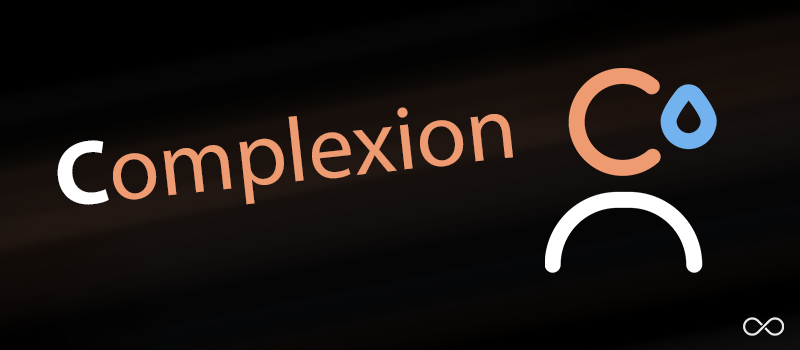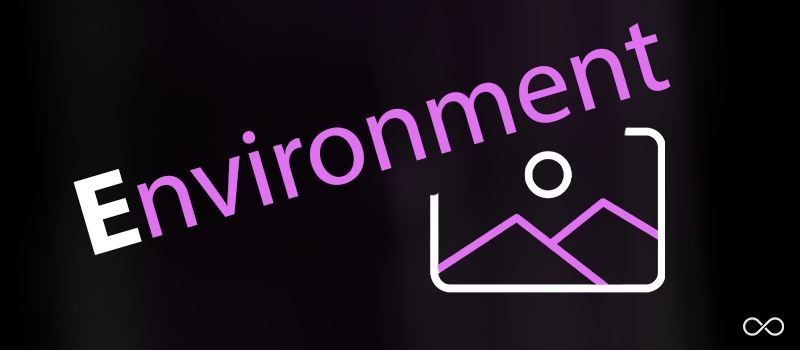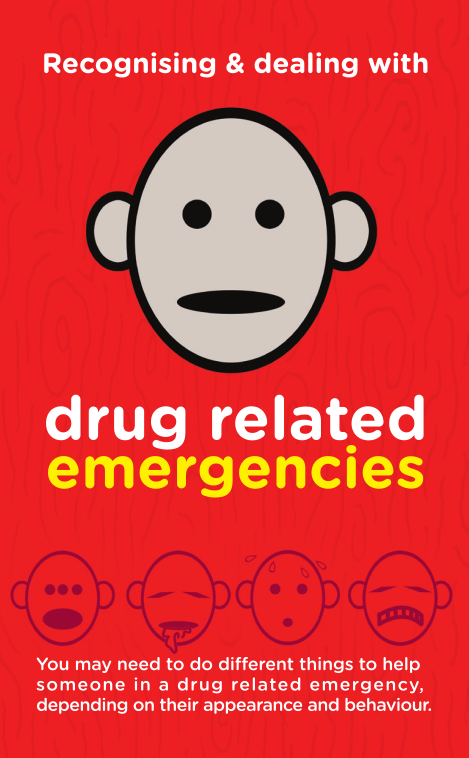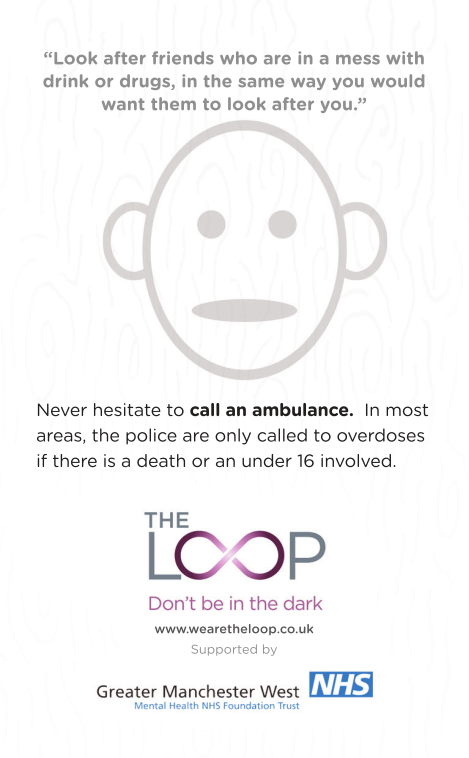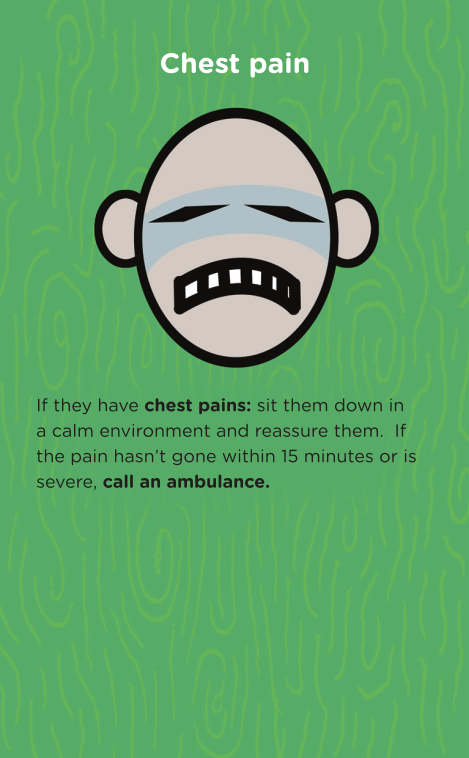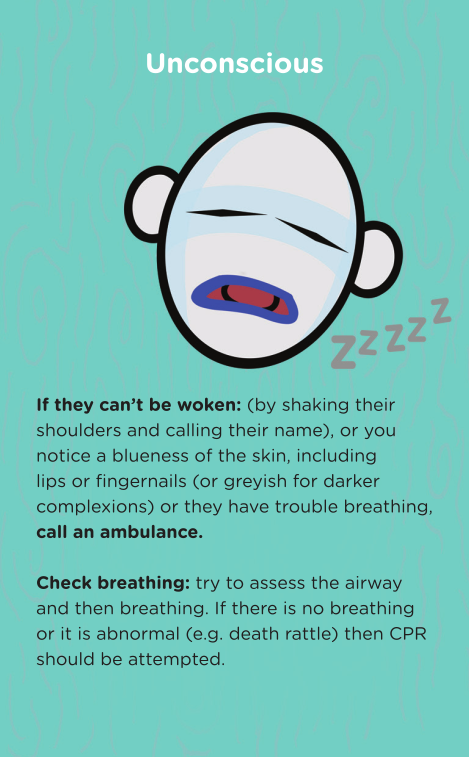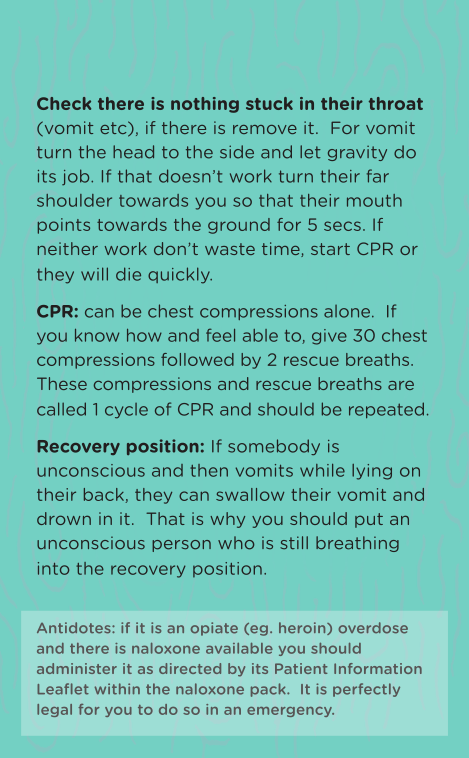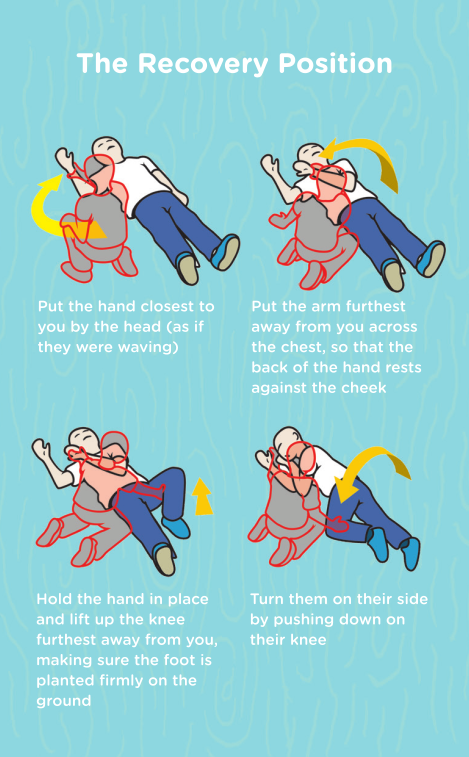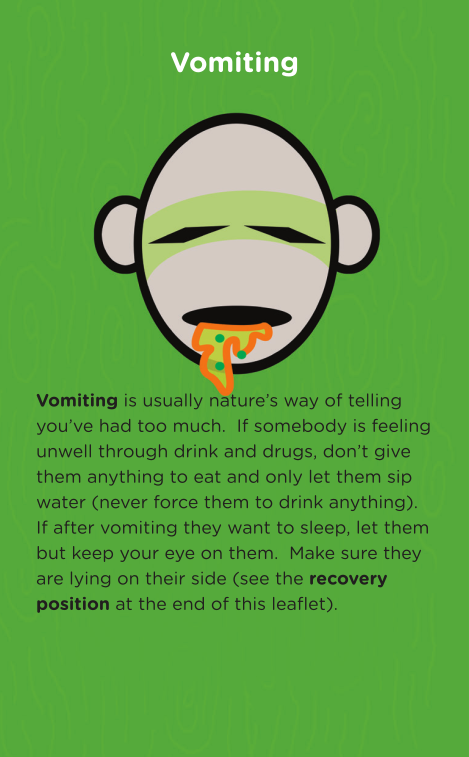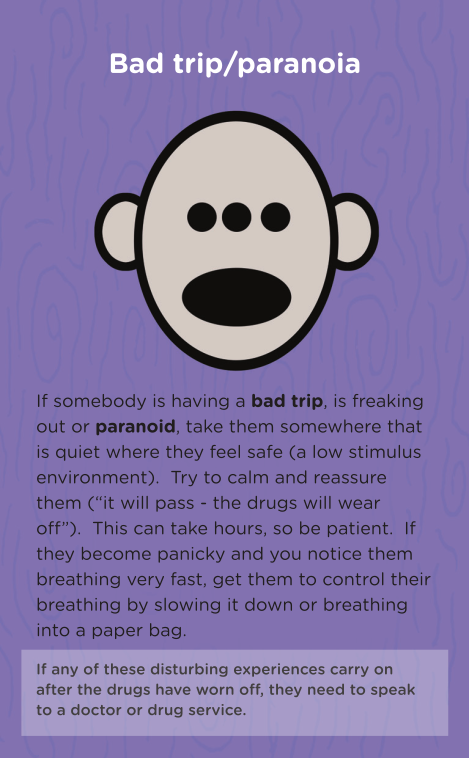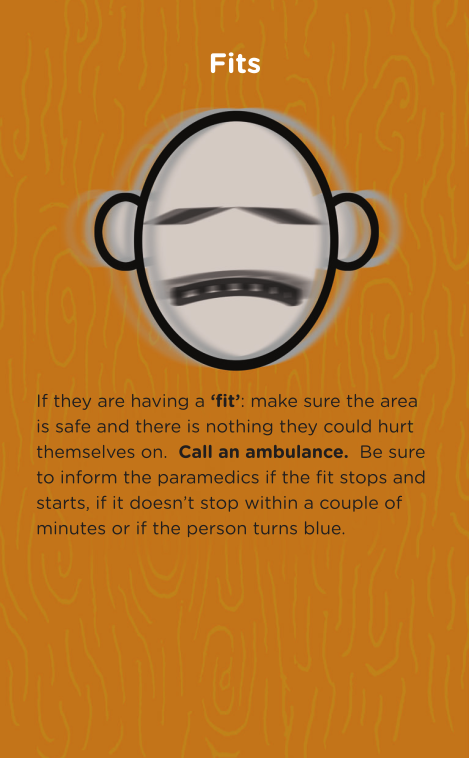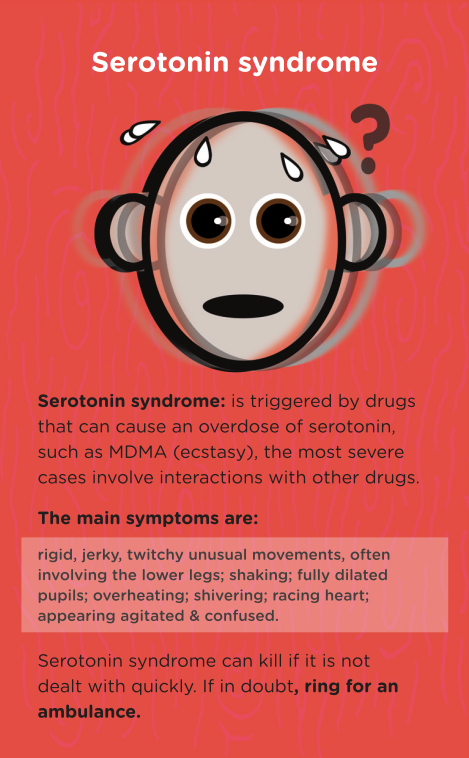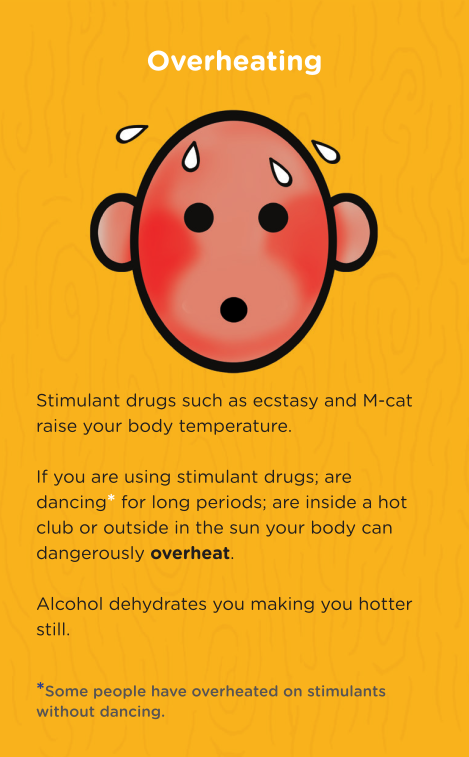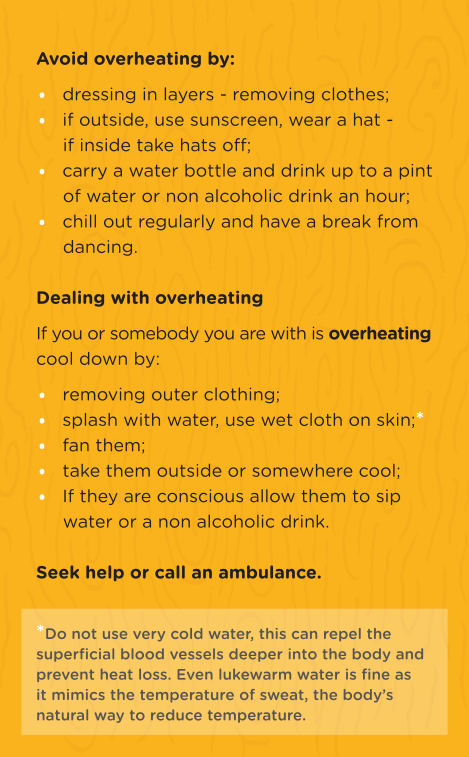Contributing factors to drug related emergencies and fatal overdose after lockdown
A drug overdose occurs when the quantity of the drug(s) ingested is toxic to or overwhelms the body in its ability to metabolise and excrete it, leading to symptoms that can be debilitating, life threatening or even fatal. An overdose is possible with any drug.
Intentional overdose is often associated with a means of self-harm or suicide. It also refers to someone purposefully using an excess amount of a substance with disregard to the body's ability to cope. Unintentional overdose may occur from a lack of awareness of the dose of the drug ingested, an example being ecstasy pills where the amount of MDMA (the active ingredient) is higher than anticipated. Pre lockdown, there were known fatalities associated with high strength pills. Swiss drug checking services have tested pills in excess of 350mg of MDMA in 2021, equating to 3 or 4 times a common adult dosage.
Additionally, intoxication may render a person with a pre-existing medical or psychiatric condition vulnerable to exacerbation of or mismanagement of diseases such as asthma, diabetes or epilepsy, for example losing inhalers or not taking regular medications when due. Drugs can cause life-threatening interactions with prescribed medications. For example, MDMA in combination with some antidepressant medications, tramadol or dextromethorphan increases the risk of ‘serotonin syndrome’, resulting in serious illness or death. Another example would be excess alcohol consumption alongside anti-anxiety medications such as diazepam; exacerbating the ‘depressant’ effects of both, which can be debilitating and life threatening.
Reports of an increase in anxiety and depression since lockdown may increase vulnerability and it may be difficult to mingle in large crowds again. Often attempts to mitigate symptoms of social anxiety result in intentional or unintentional increase in substance use, for instance drinking too much alcohol too fast.
The pandemic is likely to have affected drug markets both at home and abroad. Disruptions to drug markets can result in higher incidences of mis-selling, where one substance is passed off as another. Cathinones, synthetic stimulants, termed New Psychoactive Substances, are known to be mis-sold as MDMA. The Loop has found pentylone and N-ethylpentylone mis-sold as MDMA in past years. Drug checking service KnowYourStuffNZ found eutylone in 45% of samples sold as MDMA at an event this year. The effects of these drugs are not well understood and pose potential risks to physical and psychological health. Known effects include anxiety, paranoia, insomnia and psychotic episodes with repeated dosing. They also pose a risk of cardiac arrest if combined with common antipsychotic medications used by emergency services.
Source: Trans-European COVID-19 and drug use survey
A Trans-European survey conducted by The Loop uncovered changes in behaviour with regards to drug use during Lockdown. Respondents reported reducing their use of stimulants, while increasing consumption of depressant drugs such as alcohol. Of the 90% of respondents who reported to be regular drinkers, 60% of those were drinking more frequently, often as a means of managing stress or boredom. However, the reported use of ‘party drugs’ such as MDMA and cocaine more than halved during lockdown, as a result of not hanging out in certain social circles nor taking part in usual social activities where drug use would occur. People's tolerance for a drug often declines either when they have a break from taking drugs or they take a drug less frequently, resulting in a smaller dose producing the same effect. This is also true for alcohol use.
ABCs of an OD.
The symptoms of an overdose are dependent on the substance or combination of drugs taken, however, there are key life threatening signs and symptoms to be aware of. Initial changes in somebody may be subtle, but should not be dismissed. Often, it is those closest to someone who picks up on these changes and should trust their instincts to be alert to further signs.
Common side effects of intoxication are nausea and vomiting, often associated with abdominal pain. If these symptoms are prolonged they risk dehydration, starvation, and further damage to the lining of the stomach risking ulceration and vomiting blood.
More sinister signs and symptoms should also be considered and acted on.
Look, Listen and Feel (if safe to do so). Do not put yourself in danger. Your safety is paramount in being able to assist someone, so always get more help.
Do not be afraid to escalate any concerns to trained personnel such as event security and medics.
Do not be afraid to call emergency services (999). Provide accurate information to the operator. They will be able to guide through steps to support the person until ambulance services arrive. Ambulance staff are trained to deal with drug related emergencies confidentiality and without judgement.
The following is a breakdown of what to look out for and seek immediate help if you notice any of these signs.
ALERT
Is the person alert and orientated? Or have you noticed a change in behaviour, them becoming anxious, confused, paranoid, agitated or hallucinating? Sleep deprivation will exacerbate these symptoms.
Are they drowsy, less responsive, fitting or unconscious? If safe to do so, lie them on their side or place them in the recovery position.
Have they experienced feeling dizzy or faint? This could be a result of low blood pressure associated with dehydration or multiple drugs, e.g. GHB, cocaine, ketamine.
Are they maintaining eye contact or appearing glassy- eyed? Pupil size is also affected. Opiate use is associated with smaller, constricted pupils, becoming ‘pin-point’ with higher doses or toxicity. While large, dilated pupils can be caused by stimulant use or toxicity.
BREATHING
Have you noticed a change in the person’s breathing? Has it slowed down or become rapid?
Slow or absent breathing is associated with overdose of drugs that depress the central nervous system diminishing the trigger response to breathe. This is associated with alcohol, GHB, opiates or benzodiazepines overdose, and will lead to death if not acted on immediately. Rapid breathing is a sign of excess demand on the body in an attempt to expire toxins, and supply oxygen. It is more associated with stimulant use, dehydration or diabetic emergency.Are they snoring deeply or gurgling on saliva? Drugs with ‘depressant’ effects to the central nervous system (e.g. benzodiazepines, opiates and GHB) can affect one's ability to maintain a clear airway, risking choking or inhalation of secretions such as saliva or vomit. This effect will be heightened when mixed with alcohol, also a depressant, risking further compromise to the ability to breathe.
Is the breathing noisy or wheezy? Symptoms of asthma may be exacerbated with stimulant use or by the process of smoking or snorting a drug. People without asthma can also experience symptoms as a result of spasm of the lungs and will struggle to breathe.
COMPLEXION
Have you noticed a change in complexion or temperature of the skin? Pale or bluish tone around lips or fingertips is a sign of lack of oxygen in the blood, associated with slow breathing or airway obstruction. This is life threatening and needs urgent medical treatment. The skin may feel cool and clammy. Pale skin is also associated with low blood pressure.
Do they look flushed, hot and sweaty? These signs are more associated with stimulant overdose and increase in the workload of the heart, often associated with a racing heart or chest pain. A person can become dehydrated easily. More serious overheating (hyperthermia) with hot dry skin (not sweating) could be a result of severe dehydration, and MDMA toxicity. This can result in life threatening illness, and even death.
DRUGS
What drug/s have they taken? Have they taken a combination? Often mixing stimulants and depressant drugs may counteract the effects of both, nevertheless, the body has to metabolise them and it can result in more harmful byproducts.
Over the counter (OTC) drugs such as common painkillers risk further stress on the liver or kidneys; and antihistamines may increase a drowsiness effect. Sildenafil (Viagra) effects blood vessels causing them to relax and widen (vasodilate), risking low blood pressure, dizziness and fainting episodes if dehydrated or taken in combination with depressant drugs such as GHB; stimulants; or other vasodilating drugs such as nitrates (poppers). OTC drugs should always be taken with caution and as per the label.
Equally, what drugs have they not taken? Being intoxicated may make someone vulnerable to self-care and management of their disease. Someone may have missed doses of regular inhalers, insulin or medications. Vomiting will also affect the absorption of ingested medications, limiting their effect.
If someone has taken their insulin and is vomiting they are at risk of diabetic emergencies from low blood sugar levels risking seizures, coma and death. Alternatively, missed doses of insulin risk dangerously high blood sugars. They may feel really thirsty and be passing a lot of urine, resulting in severe dehydration, again risking seizures and death if urgent treatment is not sought.
ENVIRONMENTAL factors
Intoxication at outdoor events carries risk of over exposure to the elements, e.g. sunstroke; or hypothermia if wet and cold in inappropriate clothing. Indoor events risk overheating. Dancing all day and night will lead to dehydration and exhaustion.
Large crowds may become overwhelming if over intoxicated, making it easier to get lost from friends and may render someone vulnerable to additional dangers.
Over intoxication may result in severe injury to oneself that may not be recognised. Pain from an associated injury may be diminished due to pain killing or dissociating effects of drugs such as alcohol or ketamine.
HARM REDUCTION strategies.
Nothing comes without risk. The safest way to take drugs is not to take them at all.
If the decision is made to take drugs, try not to combine drugs, including alcohol.
Inform yourself as much as possible about the drug before taking it. Make sure you are aware of the effects and risks, and interactions with other drugs or medications.
Consider the set and setting. The environment and mindset when taking a drug will affect how you experience it, and can either contribute positively or make it frightening and anxiety provoking.
Take drugs only in the company of friends you can confide in and feel safe around, including being able to discuss information about your physical and mental health and what prescribed medications (if any) you take.
The safest means of knowing the quantity and quality of the drug is to have it tested at a drug checking service such as The Loop. However, in an unregulated drugs market choosing to take the drug still carries risks and uncertainties. For instance, the strength of ecstasy pills may vary in batches.
#goslowstaylow. You can always go on to take more of a substance, but not less.
Look out for alerts for substances of concern in circulation. Alert your friends to any undesirable effects you have noticed.
Stay with friends and take regular breaks from dancing. Allocate a meeting spot for if someone gets lost from the group. If an environment gets overwhelming, remove yourself and visit the chill out zones provided.
Respect your body. A weekend festival or party will take its toll. Replenish, Rehydrate and Repair. Eat a substantial meal. Hydrate with sips of water or isotonic drinks every 15- 30 minutes. There are serious risks to over hydration and water toxicity, although rare in a festival or club environment.
Some drugs such as MDMA may increase feelings of thirst by affecting hormones in the body resulting in a depletion of salt in the blood. Users of oestrogen containing oral contraceptives or hormone replacement therapy should consider this risk when taking MDMA due to the water retaining effects of both. Get some sleep to repair an exhausted body and mind.
If you intend to take opiates, consider speaking to a local drugs service regarding the availability and use of Naloxone and other harm reduction measures such as information on effects, dosage, means of administration, clean equipment and needle exchange, options for detox, and further psychological and social support.
If you have concerns over your mental health, reach out to someone you can trust, speak to your GP or mental health services; or if concerns with your relationship with drugs you can get in touch with a local drugs service for further harm reduction advice.
And remember, the drug is not intended to dictate the experience. Their desired use is to enhance an experience. Make experiences you want to remember, not experiences worth forgetting, if remembered at all. Enjoy yourself and the company of friends.
Please be mindful that although restrictions are lifted, the Covid-19 pandemic is not over. It's evolving. People are still at risk of serious illness and hospitalisation. Please consider wearing a mask in large crowds and around vulnerable people. Use lateral flow testing prior to events if available to you. If showing any signs or symptoms please stay at home. Wash your hands and cover your mouth if coughing or sneezing. Like all harm reduction advice to stop the spread of infectious disease, use your own, clean paraphernalia and do not share equipment with others.
Always practice #safesesh.
Maria Langan, Senior Harm Reduction Team, The Loop.
Follow The Loop’s social media accounts on Twitter: @WeAreTheLoopUK; Facebook: The Loop; and Instagram: @theloop_uk for further alerts and harm reduction advice.






